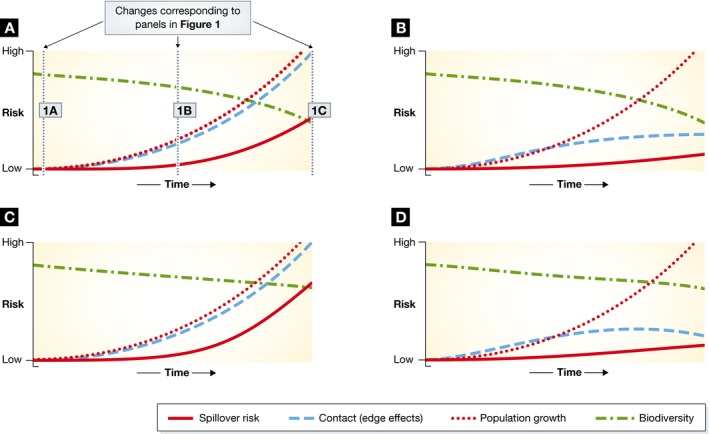Figure 2. Changing infectious disease emergence risk.

The interdependence of biodiversity, human population growth, contact with wildlife and the risk of zoonotic spillover events. (A) The changes in Fig 1A–C on the vertical lines. (B) The effect of reducing human–wildlife contact (decreasing edge effects) to reduce spillover risk. Panel (C) shows that simple linear relationships reducing the loss of biodiversity with no reduction in human contact and population growth could increase the potential for spillover if other factors (e.g. dilution effect) are absent. (D) The ideal scenario from both a human health and biodiversity conservation perspective—rates of loss of biodiversity are reduced as well as contact rate, leading to an overall reduction in spillover risk. Note these simple models make many assumptions, including that spillover risk is a simple product of the human–wildlife contact at edges, human population size and biodiversity.
